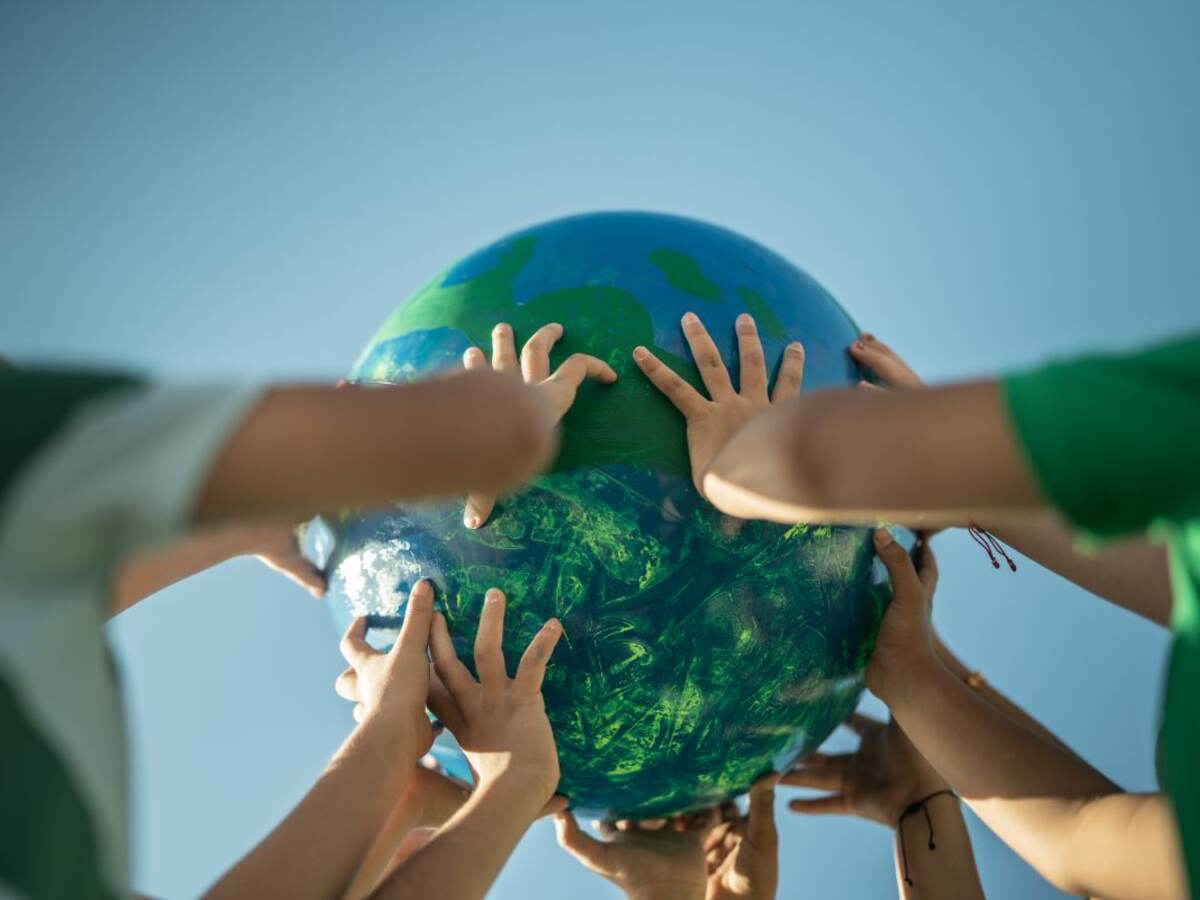As heat waves and extreme weather events increase worldwide, regulatory frameworks aim to help mitigate the risks associated with environmental impacts and drive sustainable manufacturing.
Requiring climate-friendly refrigerants
One area in which regulations are evolving to help mitigate environmental impacts and climate change is the regulation of refrigerants. Under the Montreal Protocol, the multilateral environmental agreement on ozone-depleting substances, both developing and developed countries have equal but differentiated responsibilities. Both groups have binding, time-targeted and measurable commitments to reduce the use of these substance, including fluorinated gases (F-gases), which are widely used as refrigerants and have significantly higher global warming potential (GWP).
At the forefront of regulatory requirements for refrigerants, the European Union (EU) is promoting a steeper hydrofluorocarbons (HFCs) phase-down in the EU market from 2039 onward, with HFC production and consumption to be completely phased out by 2050. The U.S. Environmental Protection Agency (EPA) is another leader in requiring more sustainable refrigerants. As required by the regulations, Phasedown of Hydrofluorocarbons and Significant New Alternatives Policy Program (SNAP Program), the EPA lists substitutes that have been determined unacceptable, acceptable subject to use conditions and acceptable subject to narrowed use limits. Currently, the EPA has finalized 26 rules covering multiple sectors, including electrical and electronic products.
Supporting a circular economy
The circular economy model can be a powerful force in mitigating climate change, and introducing regulations that support the circular economy can have far-reaching benefits, including from environmental protection, the stimulation of economic growth, lower costs and supply chain resilience. Several recent regulations and initiatives promote circularity processes along the entire product lifecycle, from production, distribution and consumption to final waste and disposal.
Considering sustainability starting at product design
The new Ecodesign for Sustainable Products Regulation (ESPR), which came into force on July 18, 2024, adopts a package of measures to significantly improve the circularity, energy performance and other environmental sustainability aspects of products placed on the EU market. The design requirements include improving product durability, reusability and reparability, increasing recycled content, and setting rules on carbon and environmental footprints, among others. With respect to information requirements, ESPR also introduces a Digital Product Passport (DPP), a digital identity card for products, components and materials, which will store relevant information to support products’ sustainability, promote their circularity and strengthen legal compliance. ESPR is a framework legislation; The product-specific measures, including those for information technology (IT) and other electronics products, will be adopted in later years, starting in 2026.
Since 2021, France has been a pioneer in implementing a repairability index on eight categories of electronic equipment. This index informs consumers about a product's repairability by grading it out of 10 based on criteria such as ease of disassembly and availability. From 2025 onward, a new sustainability index that includes a durability assessment will replace requirements for televisions and washing machines. Following France, in May 2025, the repairability index will come into force in Belgium, its second European country, thus supporting a step forward to a circular economy in the EU.
Combating plastic pollution
The United Nations (UN) has taken an active role in fighting plastic pollution worldwide. In 2022, the UN Environment Programme (UNEP) convened an Intergovernmental Negotiation Committee to develop a legally binding international instrument to address the full lifecycle of plastic, from design to production to disposal.
Considering the efforts on the global level, policies have been largely adopted and implemented in many countries and regions to promote the circular economy for plastic packaging. Expanded polystyrene (EPS) packaging for light product protection in Western Australia will be phased out by 2025. Starting July 1, 2023, Taiwan has enforced requirements for a minimum percentage of recycled materials in retail internet business packaging and the weight ratio of the product packaging for medium-sized and large-scale businesses. To promote the recycling of packaging, South Korea requires the mandatory labeling of separation collection and packaging recyclability. In India and Japan, producers and importers shall comply with obligations to collect and recycle plastic packaging for products they place on the market.
Taking responsibility for waste electrical and electronic equipment
Extended producer responsibility (EPR) policies hold manufacturers accountable for the environmental impact of their products along the entire lifecycle. EPR schemes have been implemented for electrical and electronic equipment in 67 countries, assigning producers responsibility for financing the separate collection, recycling and proper treatment of waste electrical and electronic equipment (WEEE) as well as registering and reporting according to the applicable regulations.
Under the EU battery regulations, batteries and their production and recycling will also be more sustainable as an important product component. The new regulation, effective from August 2023, mandates proper collection, reuse and recycling of batteries. Furthermore, certain types of batteries are required to have a low carbon footprint, contain minimal harmful substances and recycled content, and have a digital passport.
The regulatory trends discussed in this guide serve as signposts that can guide us toward greener business growth and innovation. UL Solutions leverages our expertise to help companies stay up to date on shifting regulatory requirements and transform potential risks and challenges into catalysts for progress toward a safer, more secure and sustainable tomorrow.
Get connected with our sales team
Thanks for your interest in our products and services. Let's collect some information so we can connect you with the right person.

